News Desk
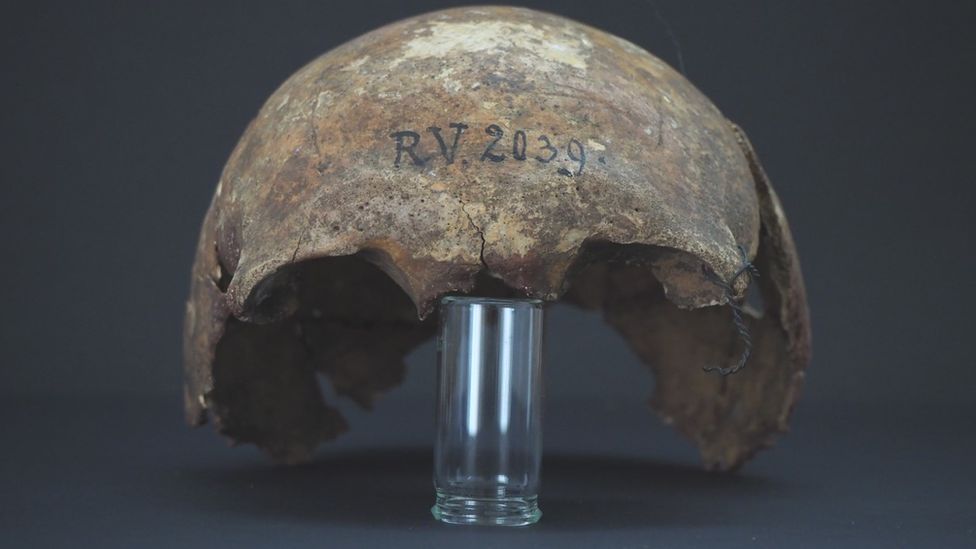
Scientists have identified a new contender for “patient zero” in the plague that caused the Black Death.
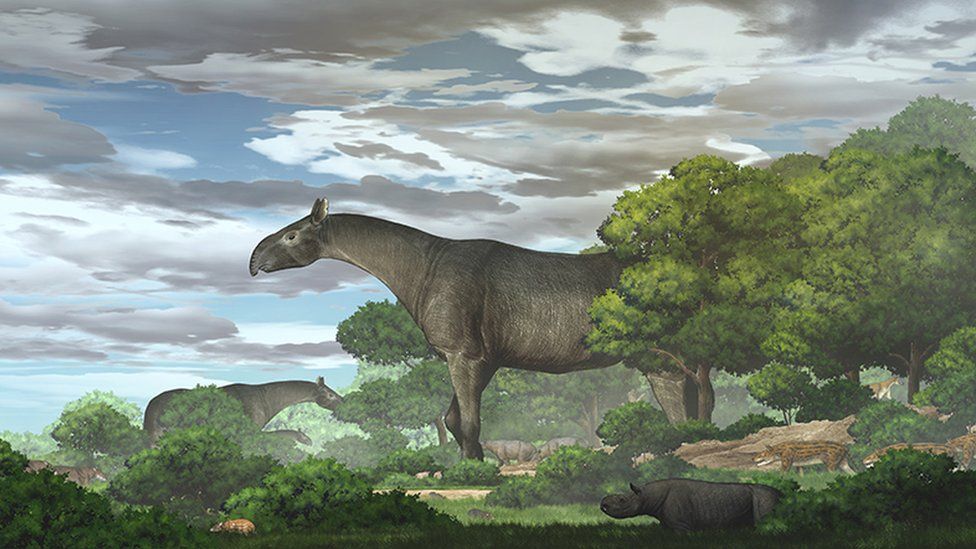
A new species of the ancient giant rhino – among the largest mammals to walk on land – has been discovered in north-western China, researchers say.
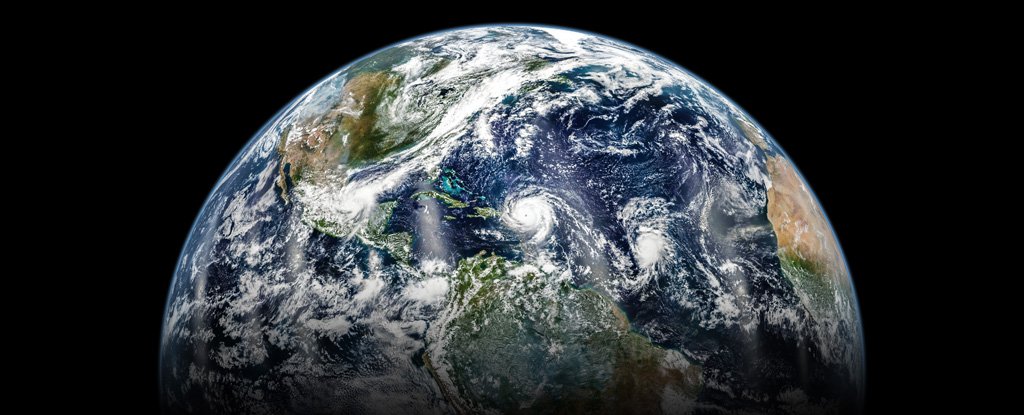
A new study of ancient geological events suggests that our planet has a slow, steady ‘heartbeat’ of geological activity every 27 million years or so.

They may be vine-smothered ruins today, but the lost cities of the ancient tropics still have a lot to teach us about how to live alongside nature.
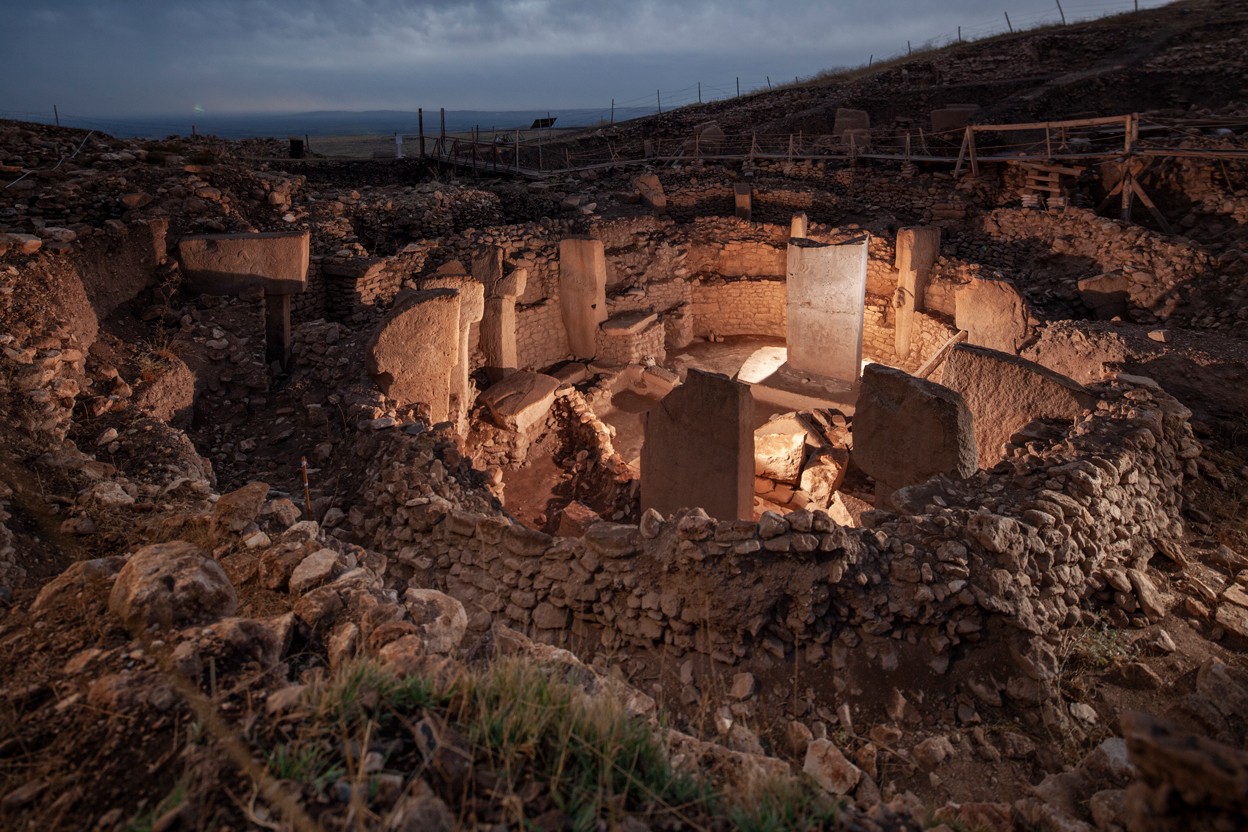
On a clear day, the view from the ruins of Göbekli Tepe stretches across southern Turkey all the way to the Syrian border some 50 kilometres away. At 11,600 years old, this mountaintop archaeological site has been described as the world’s oldest temple — so ancient, in fact, that its T-shaped pillars and circular enclosures pre-date pottery in the Middle East.

Caves, often their deepest reaches, were humanity’s first art galleries, where early artists produced star maps, hunting scenes and friezes of ice age animals.
Image from: Iakubivskyi (Wiki Commons)

Astronomers say they’ve put to bed the mystery of why one of the most familiar stars in the night sky suddenly dimmed just over a year ago.

An underwater archaeologist from The University of Texas at Arlington is part of a research team studying 9,000-year-old stone tool artifacts discovered in Lake Huron that originated from an obsidian quarry more than 2,000 miles away in central Oregon.
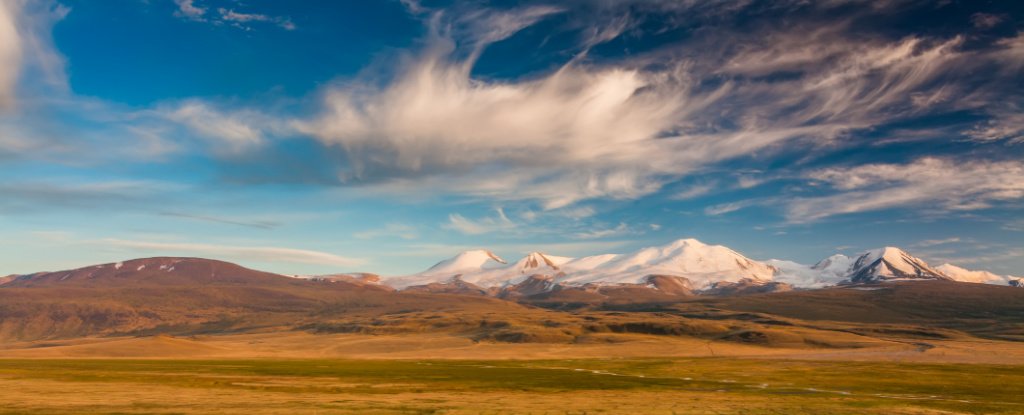
New insights into the peopling of Siberia and human migration into the Americas have been found in what might seem like an unlikely place: gut bugs.
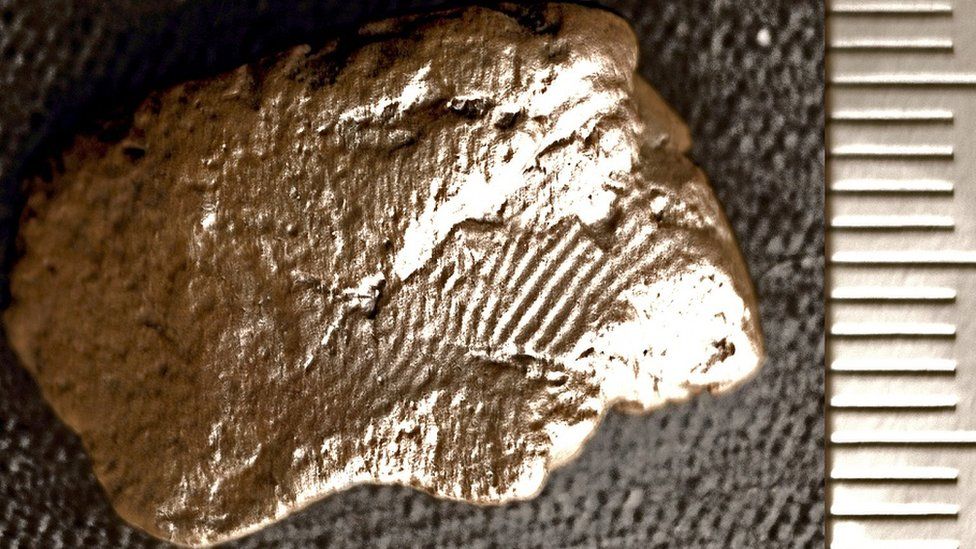
Archaeologists believe fingerprints left on a piece of Neolithic pottery belonged to two young men.

Sperm whales are among the loudest living animals on the planet, producing creaking, knocking and staccato clicking sounds to communicate with other whales that are a few feet to even a few hundred miles away.
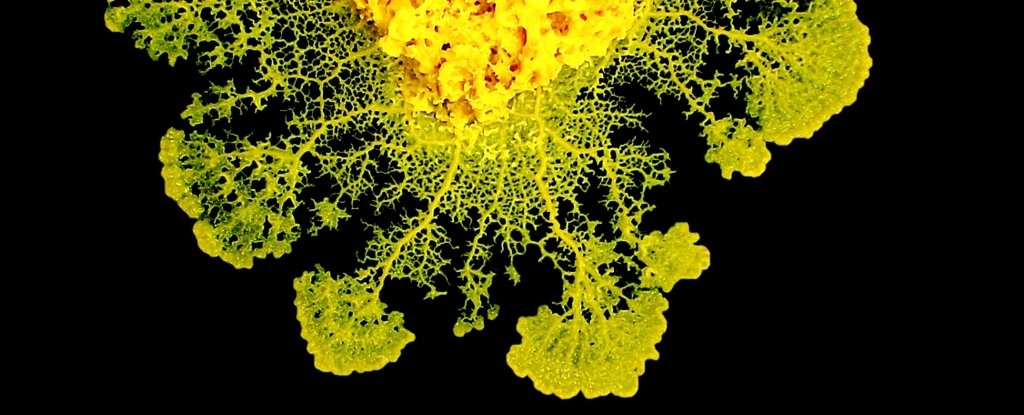
This bizarre little organism doesn’t have a brain, or a nervous system – its blobby, bright-yellow body is just one cell. This slime mold species has thrived, more or less unchanged, for a billion years in its damp, decaying habitats. And, in the last decade, it’s been changing how we think about cognition and problem-solving.

Treating mental health conditions with psilocybin is quickly becoming mainstream. But the experience of this scientist and adventurer shows its potential for physical conditions, too.

Installation of new pathway and lift has been criticised by archaeologists and called ‘a scandal’.

At the age of 16, when Tony Kofi was an apprentice builder living in Nottingham, he fell from the third story of a building. Time seemed to slow down massively, and he saw a complex series of images flash before his eyes.

Archaeologists recently discovered Israel’s oldest known seal impression, a device that stamps a pattern onto soft material such as clay or wax in order to seal an object.








